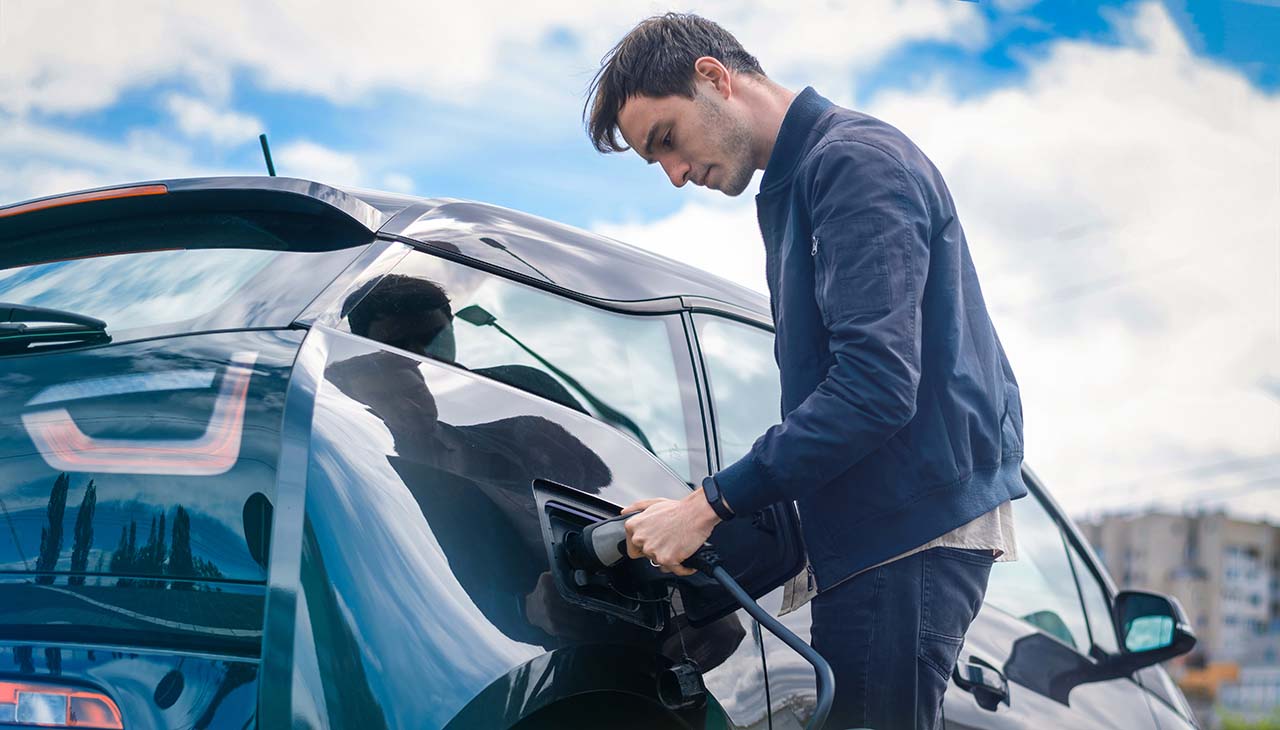In today’s environmentally conscious world, reducing one’s carbon footprint is more crucial than ever. Adopting eco-driving habits not only contributes to a healthier planet by diminishing greenhouse gas emissions but also offers the added benefit of saving drivers money on fuel over time. This guide will explore practical and effective strategies for eco-friendly driving, aiming to make a positive impact on our environment through mindful driving practices. Whether you’re a seasoned driver or a newcomer to the roads, these tips will help you drive more efficiently, conserve fuel, and ultimately, reduce your ecological impact.
Vehicle Maintenance
Regular vehicle maintenance is key to achieving optimal driving efficiency and reducing your car’s carbon footprint. One of the simplest, yet most impactful, maintenance tasks you can perform is ensuring your tires are properly inflated. Proper tire inflation not only extends the life of your tires, saving you money in the long run, but it also improves your vehicle’s fuel efficiency. Tires that are under-inflated by just 10 psi (pounds per square inch) can reduce fuel economy by about 3.3%, according to the U.S. Department of Energy. By maintaining the correct tire pressure, you ensure that your car consumes fuel more efficiently, leading to fewer emissions and a lower environmental impact. Regular checks and adjustments, ideally on a monthly basis, can make a significant difference in your vehicle’s performance and its environmental footprint.
Driving Practices
Smooth Acceleration and Braking Techniques
Adopting smooth acceleration and braking techniques can significantly reduce fuel consumption and decrease the emissions your vehicle produces. Abrupt starts and stops force your engine to work harder, consuming more fuel than necessary. By gently accelerating and gradually decelerating, you can enhance your vehicle’s efficiency. This method not only conserves fuel but also extends the lifespan of your vehicle’s brakes and tires, contributing further to environmental protection and cost savings.
Maintaining a Consistent Speed
While driving, keeping a consistent speed, especially on highways, is beneficial for fuel economy. Utilizing cruise control when appropriate can aid in maintaining a steady speed, thus reducing fuel consumption. Vehicles are most fuel-efficient when driven at a steady pace; erratic speed changes can increase fuel use by up to 33% on the highway and 5% on local streets. Consistency in speed not only helps in reducing your carbon footprint but also in creating safer driving conditions for everyone on the road.
Minimizing Idling Time
Excessive idling is another habit that unnecessarily increases fuel consumption and emissions. Turning off your engine when your vehicle is parked or waiting for an extended period can significantly reduce your carbon footprint. Modern vehicles are designed to consume less fuel during the startup, making it more efficient to turn off the engine rather than leaving it running. By minimizing idling time, drivers can contribute to lower air pollution levels and achieve better fuel efficiency, leading to both environmental and financial savings.
Route Optimization
Planning efficient routes and consolidating trips is an effective way to reduce your car’s mileage and, consequently, its carbon footprint. By organizing errands into fewer trips, you not only save time but also decrease the amount of fuel your vehicle consumes. Utilize mapping tools or apps to identify the shortest or most fuel-efficient paths to your destinations. Additionally, consider combining errands into one trip rather than making multiple outings. This strategy is particularly beneficial in reducing the cold starts of your vehicle’s engine, which consume more fuel and produce more emissions. Carpooling or planning shared rides for common destinations like work, school, or events can further amplify the positive environmental impact of your driving habits. Efficient route planning and trip consolidation are simple yet powerful tools in the eco-driver’s arsenal for lowering both individual and collective carbon footprints.
Shared Transportation
Carpooling and the use of public transportation are highly effective methods for reducing both individual and collective carbon footprints. By sharing rides, the number of vehicles on the road decreases, leading to a significant reduction in overall vehicular emissions. This not only contributes to cleaner air quality but also lessens traffic congestion, resulting in lower fuel consumption and increased efficiency for all road users. Furthermore, public transportation systems, such as buses and trains, offer a highly efficient way of moving large numbers of people with minimal environmental impact compared to the equivalent number of cars. Adopting these shared transportation modes can vastly decrease one’s ecological footprint, save costs on fuel, maintenance, and parking, and provide a more relaxed commute. Encouraging and participating in carpooling and public transit are crucial steps towards creating a more sustainable and environmentally friendly transportation network.
Sustainable Vehicle Choices
Exploring more sustainable vehicle options is a commendable step towards reducing one’s carbon footprint. Fuel-efficient cars and electric vehicles (EVs) are at the forefront of this movement, offering drivers an opportunity to significantly lower their greenhouse gas emissions. Fuel-efficient vehicles are designed to maximize distance traveled per gallon of gas, reducing the need for frequent refueling and thus decreasing the overall environmental impact. Electric vehicles, on the other hand, run on electric power, eliminating tailpipe emissions altogether. This switch can substantially lessen air pollutants and contribute to a cleaner, healthier environment.
Beyond individual vehicle choices, car-sharing options present an innovative way to access transportation without the need for personal vehicle ownership. Car-sharing services allow users to rent cars for short periods, often by the hour, providing the flexibility of a car without the associated costs of maintenance, insurance, and parking. This model encourages efficient use of resources, reducing the number of vehicles on the road and minimizing idle time. By considering fuel-efficient or electric vehicles and exploring car-sharing services, individuals can take significant steps toward fostering a more sustainable and eco-friendly transportation ecosystem.


